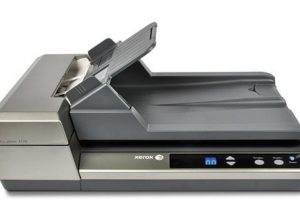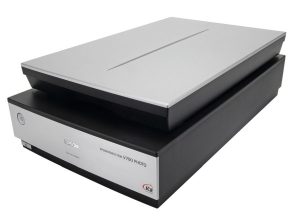Contents
Understanding DPI and Image Quality
DPI (Dots Per Inch) plays a crucial role in determining the quality and usability of scanned images. When scanning documents, photos, or artwork, the DPI setting directly impacts the final image resolution and file size. A higher DPI value means more pixels are captured per inch of the original document, resulting in greater detail and clarity in the scanned image.
DPI and Resolution Relationship
The relationship between DPI and image quality is direct and measurable. For instance, a document scanned at 300 DPI contains 90,000 pixels per square inch (300 x 300), while the same document at 600 DPI captures 360,000 pixels per square inch. This fourfold increase in pixel density allows for significantly more detail retention, particularly important for text documents and intricate artwork.
Optimal DPI Settings
| Purpose | Recommended DPI | Use Case |
|---|---|---|
| Web Display | 72-150 | Social media, websites |
| Document Archival | 300 | Text documents, business cards |
| Photo Printing | 300-600 | Photographs, artwork |
| Professional Printing | 600-1200 | Detailed graphics, fine art |
Storage Considerations
Higher DPI settings exponentially increase file sizes. A letter-sized document scanned at 300 DPI typically produces a file of 8-10 MB, while the same document at 600 DPI can reach 30-40 MB. Understanding this relationship helps in balancing quality requirements with storage limitations and processing capabilities.
Physical Output Quality
The impact of DPI becomes particularly evident in physical reproduction. When printing, the relationship between scan resolution and output quality follows the principle that scan resolution should be approximately twice the intended print resolution. For example, to achieve optimal quality in a 150 lines-per-inch (lpi) print job, scanning at 300 DPI provides the necessary pixel density.
The Fundamentals of Scanner Resolution
Scanner resolution represents the number of pixels the device can capture within one square inch of the original document. For instance, scanning at 300 DPI means the scanner captures 300 individual pixels for each inch of the original material, both horizontally and vertically.
| DPI Setting | Best Used For | Typical File Size |
|---|---|---|
| 72-150 DPI | Web images, screen viewing | Small (100KB-1MB) |
| 300 DPI | Document archiving, standard printing | Medium (1-5MB) |
| 600+ DPI | Professional printing, detailed artwork | Large (5MB+) |
Impact on Image Quality
Higher DPI settings capture more detail from the original document. When scanning text documents, 300 DPI typically provides excellent readability while maintaining manageable file sizes. For photographs or detailed artwork, scanning at 600 DPI or higher ensures fine details are preserved, particularly when enlargement is needed.
Optical vs. Interpolated Resolution
Scanners utilize two types of resolution: optical and interpolated. Optical resolution represents the scanner’s physical capability to capture detail, while interpolated resolution involves software-based enhancement. For optimal image quality, rely on the scanner’s optical resolution, as interpolated resolution artificially adds pixels without capturing genuine detail.
Storage Considerations
Higher DPI settings generate larger file sizes. A standard 8.5×11 inch document scanned at 300 DPI produces approximately 8.4 million pixels. Doubling the resolution to 600 DPI quadruples the pixel count to 33.6 million pixels, significantly increasing storage requirements.
Choosing the Right DPI
The optimal DPI depends on the intended use of the scanned image:
- Text documents: 300 DPI provides clear, readable text suitable for archiving and printing
- Photos for web display: 72-150 DPI suffices for screen viewing
- Professional photography: 600 DPI or higher enables detailed editing and large-format printing
- Technical drawings: 600-1200 DPI preserves fine lines and minute details
Hardware Limitations
Scanner specifications indicate maximum optical resolution capabilities. While many scanners advertise high interpolated resolutions, the optical resolution represents the true scanning quality. High-end scanners typically offer optical resolutions of 4800 DPI or greater, suitable for professional applications.
Output Quality Factors
Beyond DPI, several factors affect final image quality:
- Scanner sensor quality
- Original document condition
- Color depth settings
- Scanner maintenance and cleanliness
- Software processing capabilities
Technical Implementation
When implementing scanning workflows, consider these technical aspects:
- File format selection (TIFF for archival, JPEG for general use)
- Color space requirements (RGB vs. CMYK)
- Compression settings impact on quality
- Preview scan functionality for optimal settings adjustment
Quality Control Measures
Implement these practices to maintain consistent scan quality:
- Regular scanner calibration
- Test scans with resolution targets
- Monitor color accuracy with standard color cards
- Maintain consistent environmental conditions






